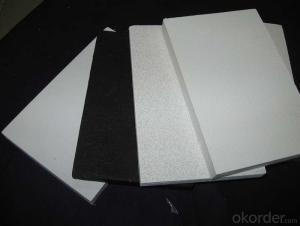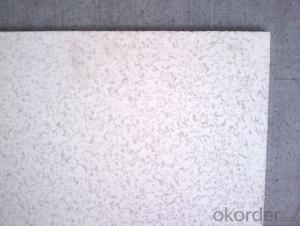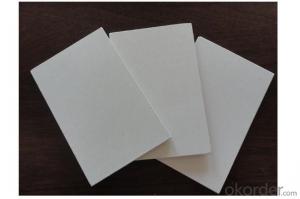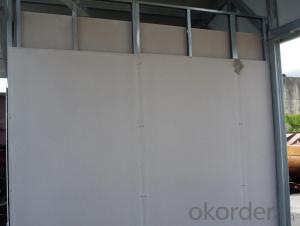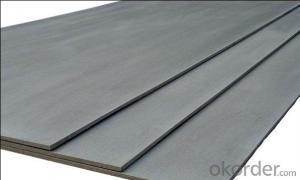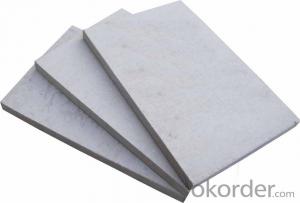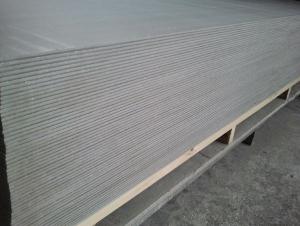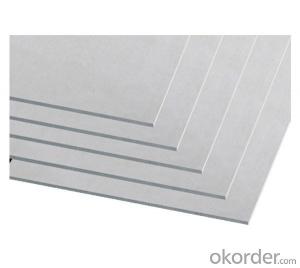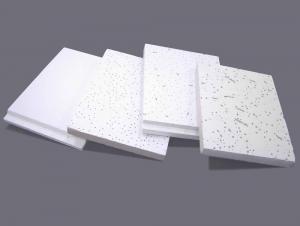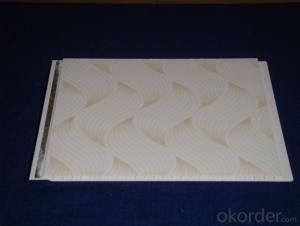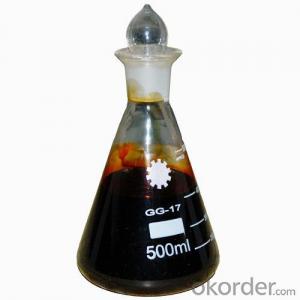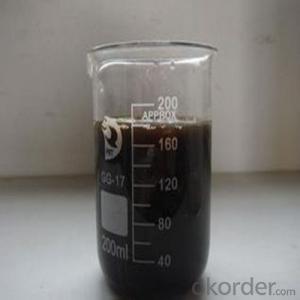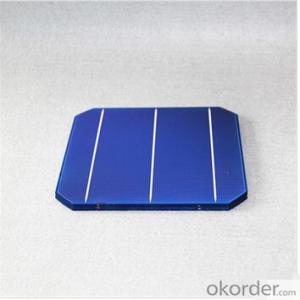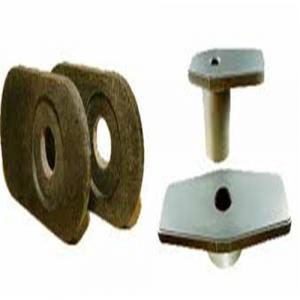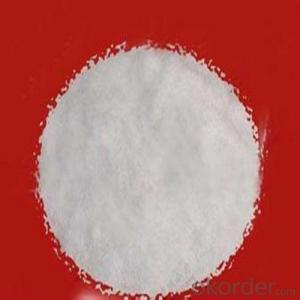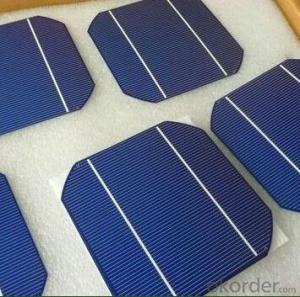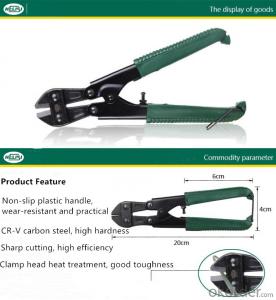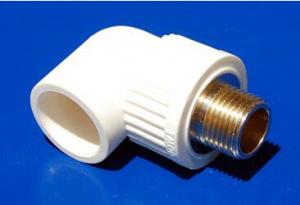High Performance Solar Cells
High Performance Solar Cells Related Searches
High Five Stainless Steel Prop High Quality Solar Inverter High Temperature Clear Plastic Sheet High Voltage Solar Inverter Stainless Steel Peg Board Best Quality Roofing Felt High Intensity Desk Lamp High Efficiency Hvac Systems High Rupturing Capacity Fuse High-Pressure CompressorHot Searches
Fiberglass Scaffolding For Sale Fiberglass Panels For Sale Fiberglass Greenhouses For Sale White Gazebo For Sale White Melamine Board Price Ceiling Fan Lowest Price White Plastic Folding Chairs Wholesale Company Office Design Cheap High Tea Sets For Sale High Density Fiberboard For Sale Used Foam Board Insulation For Sale Magnesium Oxide Board For Sale Hdf Board For Sale sintra board for sale High Mast Light Price List Solar High Mast Light Specification High Mast Tower Price Philips High Mast Lighting Price List Bajaj High Mast Lighting Price List Gypsum Board Price Per Sheet In IndiaHigh Performance Solar Cells Supplier & Manufacturer from China
Okorder.com is a professional High Performance Solar Cells supplier & manufacturer, offers integrated one-stop services including real-time quoting and online cargo tracking. We are funded by CNBM Group, a Fortune 500 enterprise and the largest High Performance Solar Cells firm in China.Hot Products
FAQ
- Is the Solar Power Photovoltaic Cells the same as PV cells modules?
- PV modules, using high-efficiency monocrystalline silicon or polycrystalline silicon photovoltaic cells, can actually endure much longer than the other kinds of solar cells even in the most harsh environment.
- Solar cells can provide a reliable source of electricity in areas with frequent power outages. As long as the solar panels are exposed to sunlight, they can generate electricity and charge batteries, allowing for uninterrupted power supply even during blackouts. Additionally, solar power systems can be equipped with backup batteries, ensuring a continuous and reliable energy source even after sunset or during cloudy days. Overall, solar cells are a viable solution for areas prone to power outages, providing sustainable and independent electricity generation.
- Solar cells perform less efficiently in areas with limited sunlight compared to areas with abundant sunlight. This is because solar cells rely on sunlight to generate electricity, and limited sunlight means less energy available for conversion. However, solar cells can still produce electricity in areas with limited sunlight, although at a lower rate, making it important to consider alternative energy sources or optimize the solar cell system's design for maximum efficiency in such areas.
- Yes, solar cells can be used in cold climates. Although solar cells are more efficient in warmer temperatures, they can still generate electricity even in cold climates. Additionally, advancements in solar technology have made it possible for solar cells to work efficiently in low-light and snowy conditions.
- A solar cell works by converting sunlight into electricity through the photovoltaic effect. When sunlight hits the solar cell, it excites the electrons in the cell's semiconductor material, causing them to flow and create an electric current. This current can then be harnessed and used to power various devices or stored in batteries for later use.
- Yes, solar cells can be used in remote areas with no access to electricity. Solar cells convert sunlight into electricity, making them an ideal solution for areas with no grid connection. They can provide a reliable source of power for various applications, including lighting, charging electronic devices, and running small appliances, thereby improving the lives of people in remote areas.
